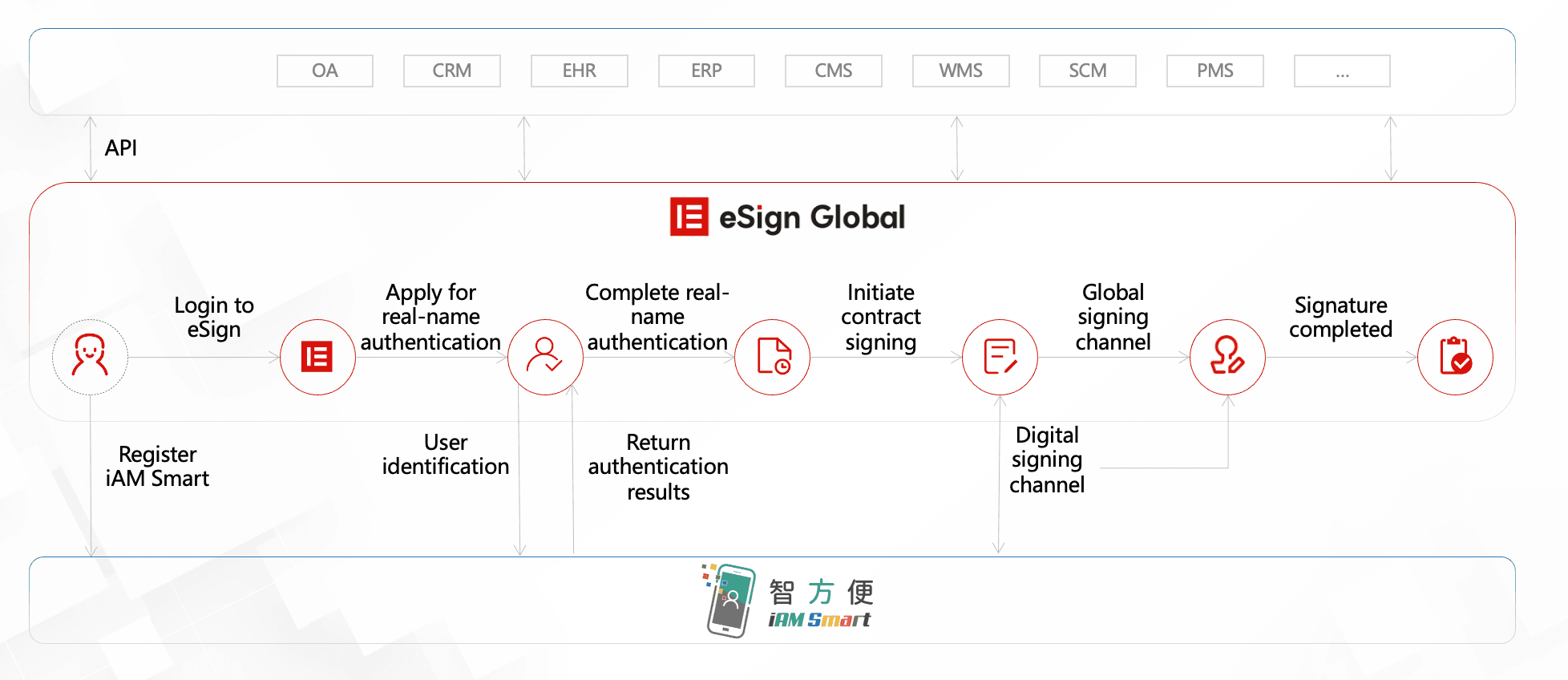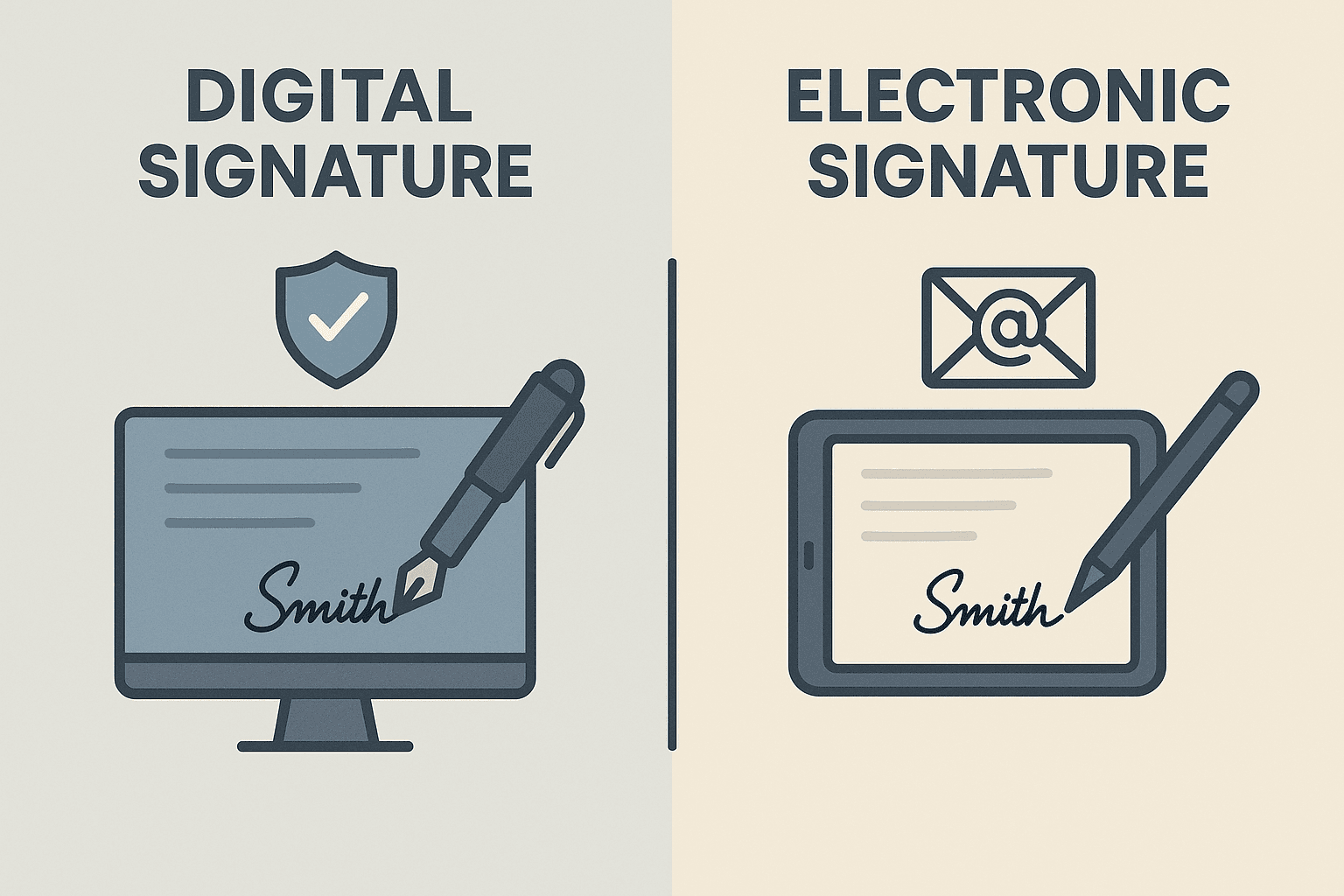WhatsApp or email with our sales team or get in touch with a business development professional in your region.
how can digital signature be verified





How Can Digital Signature Be Verified?
In an increasingly paperless world, digital signatures have become crucial in securing electronic transactions, approving online contracts, and verifying identities. But how can digital signature be verified to ensure its legal validity and integrity? This article provides a detailed, SEO-friendly guide to understanding the verification process of digital signatures, with a special emphasis on jurisdictional compliance, especially in Hong Kong and the Southeast Asian region.
What Is a Digital Signature?
Before delving into how digital signatures are verified, it’s important to distinguish them from electronic signatures. While both serve to authenticate documents, digital signatures use cryptographic techniques to secure the data. A digital signature uniquely identifies the signer and protects the document from tampering.
In legal terms, various regulations, such as the Electronic Transactions Ordinance (Cap. 553) in Hong Kong and the Electronic Transactions Act (ETA) in Singapore, provide a framework for the validity and recognition of digital signatures within their jurisdictions.
The Core of Digital Signature Verification
Verifying a digital signature involves several steps, most of which leverage Public Key Infrastructure (PKI). Here’s how the verification process typically works:
- Hash Function: When the document is signed, a mathematical algorithm (hash function) is used to create a unique summary of the content (a hash).
- Encryption with Private Key: The signer’s private key encrypts this hash, forming the digital signature.
- Decryption with Public Key: Upon receipt, the recipient decrypts the signature using the sender’s public key and compares the resulting hash with a hash generated from the received document.
- Match Confirmation: If the hashes match, the signature is verified — confirming both the document’s integrity and the identity of the signer.
This PKI-based process ensures that:
- The document has not been altered.
- The signature can be tied back to the original signer.
- The signature was created when the certificate was valid.

Local Legal Compliance: Why It Matters
In the Asia-Pacific region, digital signature verification must also adhere to local laws. For instance:
-
Hong Kong: Under the Certification Authority Recognition Office (CARO), certificates issued by recognized certification authorities (CAs) are legally binding. Unauthorized or foreign-issued certificates may not carry the same legal weight.
-
Singapore: The ETA allows for the use of digital signatures backed by a trusted certification authority. For example, licensed CAs like Netrust provide signatures that carry legal presumption of authenticity.
-
Malaysia and Indonesia: Similar laws mandate that digital signatures must comply with their respective Digital Signature Acts, often requiring that local CAs issue the certificates used for signing.
Thus, verifying a digital signature in these regions involves not only technical checks but also ensuring the signature complies with legal frameworks.

Verification Tools and Services
To facilitate the verification of digital signatures, several reliable tools and methods are commonly used:
1. PDF Readers
Most modern PDF viewing software like Adobe Reader or Foxit Reader can automatically verify embedded digital signatures. These tools will alert users whether the digital signature is valid, expired, or revoked.
2. Dedicated Certificate Authority (CA) Portals
Many regional and global CAs provide signature verification portals where users can upload signed documents or verify certificates in real-time.
3. Third-party E-signature Platforms
Platforms such as eSignGlobal offer regionally compliant verification solutions that allow users to check the authenticity of digitally signed documents. These platforms typically support timestamping, certificate validation against local standards, and audit trail logs.

Common Reasons for Failed Verification
Even legitimate digital signatures may fail verification due to:
- Expired Certificates: If the CA-issued certificate has expired, verification will not succeed.
- Revoked Certificates: Certificates can be revoked if the private key is compromised.
- Mismatched Document Content: Any alteration, however minor, after signing will make the signature invalid.
- Unsupported Signatures: Not all verification systems recognize every certificate, especially if the CA isn’t on the trusted list for that region.
In these cases, it’s necessary to reach out to the signer or the certificate authority to clarify and revalidate the document.
Integrity and Non-Repudiation: Legal Implications
A verified digital signature provides strong proof of:
- Integrity — The document has not been tampered with since signing.
- Authentication — It confirms the identity of the signer.
- Non-Repudiation — The signer cannot deny the authenticity of the signature once verified.
These features make digital signatures a legally acceptable alternative to paper-based ones, provided they are properly verified and regionally compliant.

Future Trends in Digital Signature Verification
As jurisdictions modernize their digital infrastructure, the focus on real-time verification, blockchain integration, and AI-powered fraud detection will intensify. Especially in cross-border trade and fintech applications, fast and legally valid verification processes will be crucial to digital transformation.
Recommended Solutions for Hong Kong and Southeast Asia
For users in Hong Kong and Southeast Asia who need a reliable and compliant platform to issue and verify digital signatures, we recommend exploring regional alternatives to global services like DocuSign.
eSignGlobal offers a comprehensive suite of e-signature services fully aligned with local laws such as Hong Kong’s Electronic Transactions Ordinance (ETO) and Singapore’s ETA. Whether you’re handling internal HR documents or cross-border commercial contracts, eSignGlobal ensures your signatures are both legally valid and easy to verify.

By understanding how digital signatures are verified — technically and legally — organizations and individuals can safely adopt a paper-free workflow without compromising on security or compliance. In regions like Hong Kong and Southeast Asia, choosing the right platform is not just about technology but also about following the law.

Shunfang
Head of Product Management at eSignGlobal, a seasoned leader with extensive international experience in the e-signature industry.
Follow me on LinkedIn
Get legally-binding eSignatures now!
30 days free fully feature trial
Business Email
Get Started
 Only business email allowed
Only business email allowed
Latest Articles
Does using electronic signatures save revenue stamp tax (Shunyuzei) in Japan?
Is it legal to use cloud-based signatures instead of Hanko in Japan?
How to collect legally binding signatures from employees in China?
What are the requirements for an electronic invoice (e-Fapiao) signature?
How to automate sales contracts for a manufacturing business in China?
Can I use WeChat to legally sign a loan agreement?
How to verify if a Chinese electronic contract has been tampered with?
What is the best way to sign NDAs remotely with Chinese partners?


